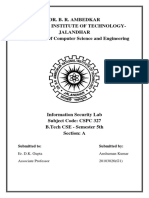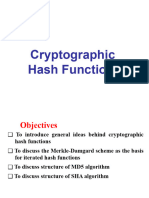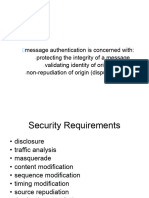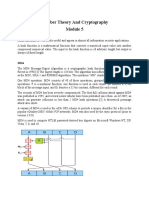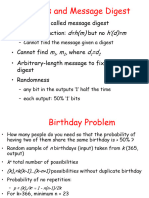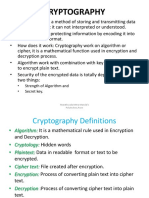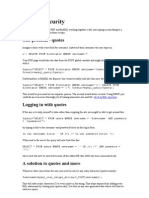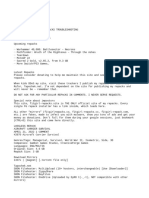0% found this document useful (0 votes)
18 views16 pagesCryptology - MD5 (Message Digest Algorithm 5
MD5, developed by Ronald Rivest in 1991, produces a 128-bit hash value and was initially used for digital signatures and password hashing but is now considered cryptographically broken. The algorithm involves input conversion, padding, and multiple transformation rounds to generate a hash, and while it is fast and easy to implement, it is vulnerable to attacks and not suitable for secure applications. Despite its obsolescence for cryptographic use, MD5 remains useful for non-secure applications like checksums and data validation.
Uploaded by
Nagesha tsCopyright
© © All Rights Reserved
We take content rights seriously. If you suspect this is your content, claim it here.
Available Formats
Download as PDF, TXT or read online on Scribd
0% found this document useful (0 votes)
18 views16 pagesCryptology - MD5 (Message Digest Algorithm 5
MD5, developed by Ronald Rivest in 1991, produces a 128-bit hash value and was initially used for digital signatures and password hashing but is now considered cryptographically broken. The algorithm involves input conversion, padding, and multiple transformation rounds to generate a hash, and while it is fast and easy to implement, it is vulnerable to attacks and not suitable for secure applications. Despite its obsolescence for cryptographic use, MD5 remains useful for non-secure applications like checksums and data validation.
Uploaded by
Nagesha tsCopyright
© © All Rights Reserved
We take content rights seriously. If you suspect this is your content, claim it here.
Available Formats
Download as PDF, TXT or read online on Scribd
/ 16












